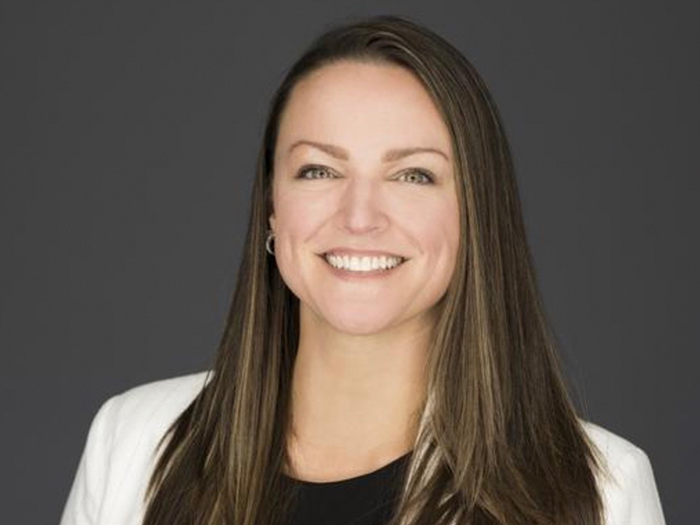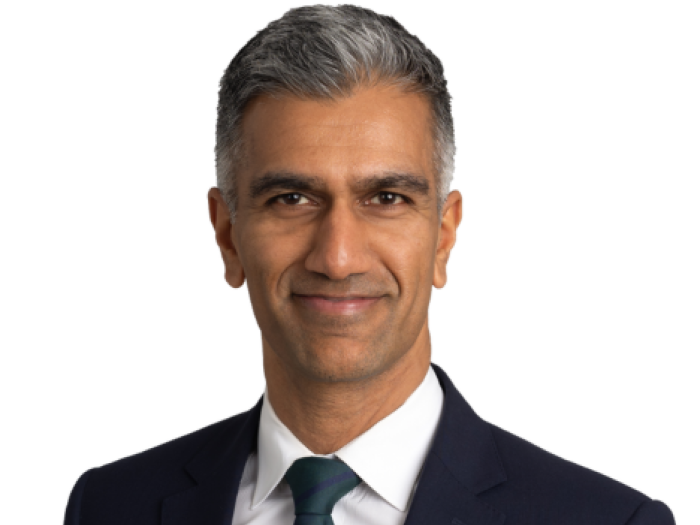Balancing Growth and Risk: Brooke Shirazi’s Vision for Nationwide’s Property & Ocean Marine Strategy

On July 1, Dan Reynolds, the editor in chief of Risk & Insurance, caught up with Brooke Shirazi, CPCU, ARM, ARe, Vice President, Property & Ocean Marine Programs, Nationwide E&S Specialty. What follows is a transcript of that discussion, edited for length and clarity.
Risk & Insurance: Thanks for meeting with us Brooke. What has been your career trajectory in the insurance industry?
Brooke Shirazi: Underwriting has been the focus of the majority of my career, with my professional experience centered on underwriting and portfolio leadership roles.
R&I: Why do you think underwriting is such a good fit for you?
BS:I think it’s the creative side of finding a solution. It’s about applying common sense to understand the characteristics of the risk being presented and then offering coverage that meets the needs of the carrier, the broker, and the customer. I think of it as a juggling act, balancing all these elements, and that’s what makes it appealing.
R&I: What aspects of your position at Nationwide excite you most, and why do you consider this addition of Ocean Marine to your responsibilities a valuable opportunity?
BS: First and foremost, Nationwide has fantastic brand recognition in the industry overall. Being able to leverage our brand in addition to niche underwriting programs and specialization creates an incredible opportunity. Quite frankly, I think we have a ton of space and room to grow.
Part of our strategic initiative is to bring together short tail and long tail lines to ensure a diversified portfolio with a longer term view on profitability. I’m in a group that has multiple disciplines, whether it’s the workers’ comp line, casualty line, or professional and specialty lines. With my space being short-tailed in nature, bringing that balanced view for portfolio optimization over time is really the most exciting aspect.
We see opportunity to grow without being stifled by headroom limitations, which typically constrain many program units. Within the breadth and financial stability of Nationwide, we can pursue what makes sense strategically. Having that autonomy is simply exciting.
R&I: What does “ocean marine” specifically encompass in your insurance portfolio?
BS: Traditionally, ocean marine for us encompassed our cargo program, yachts, and hulls. That’s how we’ve historically been known in the market.
We now have an opportunity to redefine our approach going forward. When I think of ocean marine, it includes a variety of specialized program offerings, which fits within our property & ocean marine portfolio. As an example, our recreational marine program is also part of this category, functioning as a hybrid offering that encompasses liability and property coverage while remaining within our property vertical.
R&I: What challenges do you perceive in executing your strategy in the property and ocean marine markets?
BS: Right now, it’s a complex landscape across both sectors. On the property side, catastrophe-related events present challenges due to their increasing frequency and severity. The ocean marine space faces significant tariff impacts on cargo offerings and broader global supply chain risk elements.
From an opportunity standpoint, there’s a growing demand for specialized expertise and disciplined underwriting. We’re particularly interested in program administrator partners and MGAs that bring a specialized, niche approach to the market. These organizations, well-positioned to lead and grow a segment, represent very appealing opportunities for us.
R&I: What macroeconomic factors will affect opportunities or create challenges in the insurance industry?
BS: Tariffs have a direct correlation to increased costs of goods. When examining the claim adjudication process for property coverage, any significant percentage increase on lumber, concrete, metal, and building supplies immediately impacts the process. These increased costs flow directly into the claims settlement, affecting overall insurance operations.
R&I: How do supply chain disruptions and tariffs impact the insurance industry’s pricing models?
BS: When we think about the insurance product, we’re one of the only products that we price today for an unknown future. Those unknown implications for supply chain and tariffs definitely present challenges for the market.
These are ever-evolving trends that whoever has that crystal ball to get ahead of will ultimately win. It’s really about how close you get to accurately forecasting these factors.
R&I: What distinguishes Nationwide’s programs unit in terms of strategic direction and market approach?
BS: I think one of the key elements of the Nationwide programs unit is our strategic direction and how we are approaching the market. It’s very disciplined in how we are vetting our partners and looking for long-term partnerships that are mutually beneficial for all parties involved.
Having a balanced approach to specialty underwriting, evolving data analytics, predictive analytics, risk selection, and scale creates incredible opportunities for our team. This approach shapes how we think about bringing partnerships to life.
It’s not a case where one party handles one task and another party handles a different task. Rather, we focus on how we can mutually add value to each other through a specialized underwriting approach with a value proposition that ultimately brings value to the market and the end customer. &








